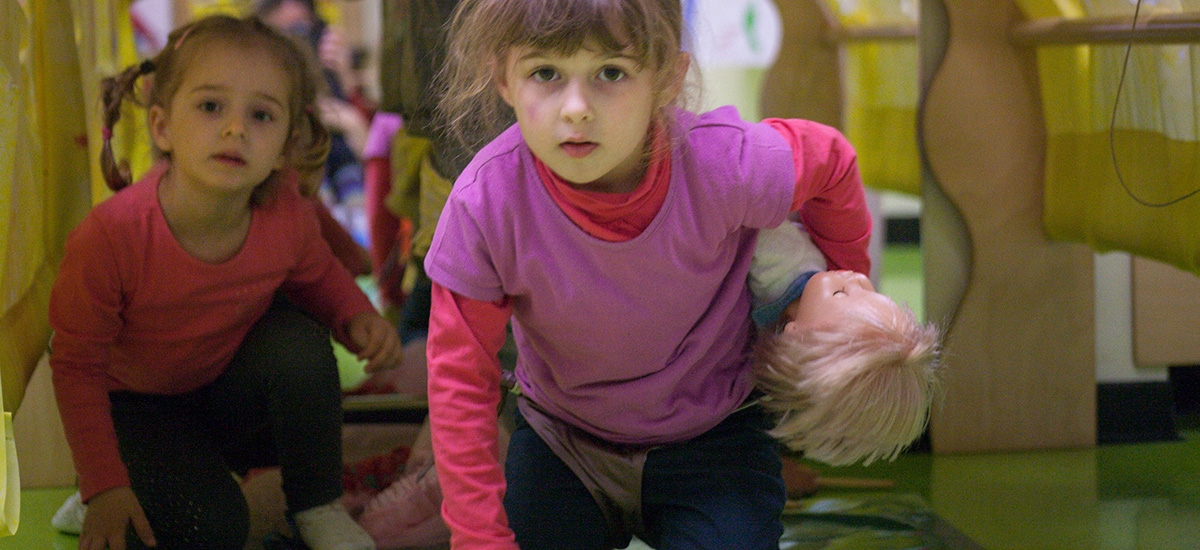
The multiple intelligences within the Giocomotiva People&Baby group are not a methodological approach, but a framework within which to enhance each individual educational approach of the schools that are part of the group.
We have been successfully experimenting with this approach since the end of the 1990s, under the supervision of Professor Paola Nicolini of the University of Macerata, a developmental and educational psychologist and the greatest expert in Italy on the theory of multiple intelligences. In 2015 Professor Gardner came to visit us and was greatly impressed by our work. This prompted us to present with immense pride, together with InfoAsilo, the Giocomotiva project to Harvard University.
The theory of multiple intelligences, theorized at the end of the 1980s by Howard Gardner in his book Frames of Mind, proposes overcoming the old concept of intelligence as a factor measurable by IQ (intelligence quotient). According to Gardner, children do not have one intelligence but several intelligences, i.e. numerous ways/opportunities to reach a goal. The intelligences must be nurtured and observed during play. All observations are recorded by our educators on digital media and three times a year they give the parents a report called a “portfolio”.
Originally, there were 7 intelligences formulated, but over the years Gardner has enriched them, hypothesising 9, as follows:
All of the play activities that we offer at the Giocomotiva nurseries and preschools are inspired by one of the intelligences. To be precise, each month is dedicated to an intelligence and the value it teaches.
Interesting fact: the theory of multiple intelligences is the inspiration behind the toys of the Spanish company Imaginarium. Thanks to his specialisation in the subject, one of our founders, Giuseppe Bilancioni, was responsible for the presentation of the “i-wow” line, in which play meets technology.
Every year at Giocomotiva we have a theme, which we like to call a “fil rouge”. Every school year for us is a journey, and we tell a story together with your children.
Here are the fil rouge of recent years:
During playtime, we observe the children’s behaviour, recording it on a digital medium, and using InfoAsilo, a specially optimised software program! At the end of the term, all the observations are collected in a report that we call a “portfolio”: a profile describing the child’s multiple intelligences, i.e. his or her aptitudes and behavioural skills, which we send to the families in digital format.
InfoAsilo is also a valuable app (Kindertap) thanks to which our educators communicate daily to parents: